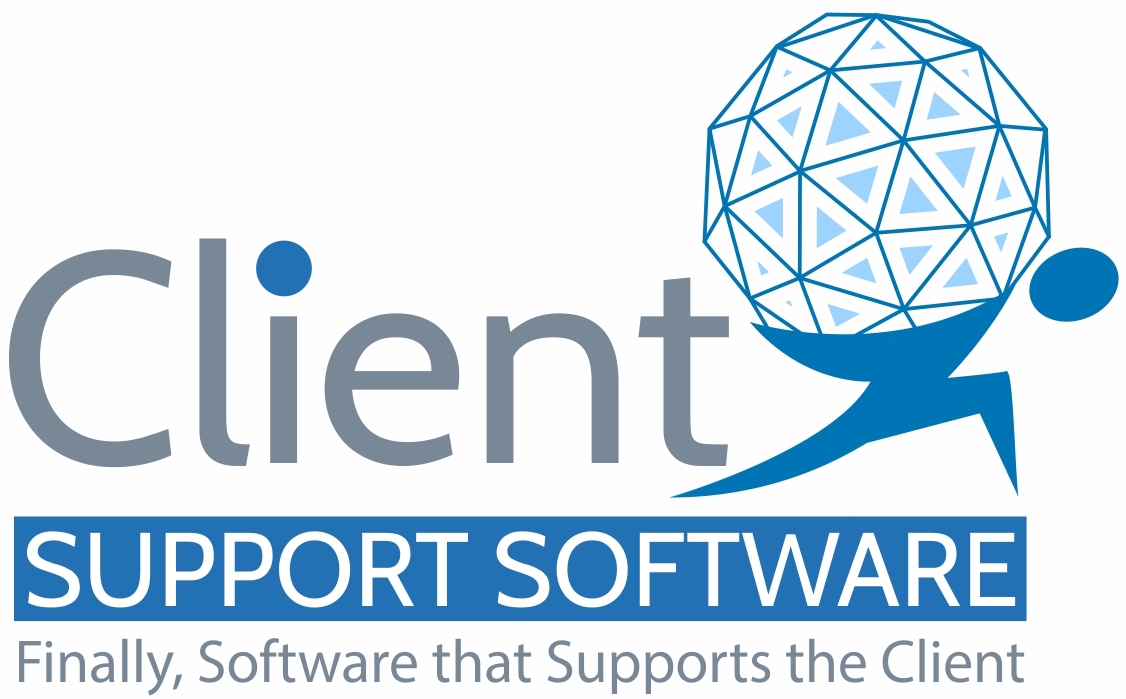Last year marked a transformative phase for our technology, as we introduced a feature that allowed custom analysis of Call Log transcriptions. This breakthrough enabled our CRM users to unlock new potentials, pushing the boundaries of what we imagined was possible. From evaluating the quality of customer service calls against rigorous ISO standards in mere seconds to generating insightful funding notes for Housing Counseling and enhanced summary notes for Customer Service interactions, the impact was profound. Users leveraged our technology to not only analyze the text but to delve deeper, extracting meta-data to spotlight outliers and streamline business processes. The capability to pose complex, multi-layered questions and receive high-quality insights from the GPT-4 model was both surprising and incredibly empowering.
Building on this momentum, we’re thrilled to introduce a groundbreaking enhancement: the deep integration of Large Language Models directly into the workflow process through Tasks. This new development is designed to not just augment, but revolutionize how tasks are analyzed, automated, and acted upon within your organization. Imagine having the ability to dynamically generate AI-driven insights and actions directly from routine tasks, all tailored to enhance efficiency and decision-making.
We are eager to see the innovative applications you’ll dream up with this new capability. Your creativity and feedback are what drive us forward, and we’re committed to evolving this technology together.
New Feature Overview: AI Task Analysis Engine
The AI Task Analysis Engine is designed to seamlessly integrate AI capabilities into organizational workflows by allowing tasks to trigger dynamic AI prompts. These prompts, defined in DocumentTemplates, are then evaluated by a Large Language Model. The results of this evaluation are stored in the ClientMessages table, providing a rich dataset for analysis and further action. This feature includes several key components:
- AI_PROMPT_TASK DocumentTemplate: A new type of document template that allows the creation of dynamic AI prompts.
- Dynamic AI Prompt Evaluation: Upon task creation or completion, an AI_PROMPT_TASK document is sent to a Large Language Model for evaluation.
- Enhanced ClientMessage Table: Modifications to the ClientMessage table enable the storage of AI Task Analysis results, adding a new dimension to client communications.
- Expanded Smarty Variables: Inclusion of ClientMessage and CallLog records in Smarty variables, enabling the creation of AI prompts based on client interactions.
- ClientMessageType Field: A new field in the ClientMessage table to distinguish between different types of messages, including AI-generated messages.
Benefits and Applications
The AI Task Analysis Engine is a versatile tool that can be leveraged in various ways to benefit an organization. Here are some examples:
Enhanced Reporting
Organizations can use AI to analyze client interactions and communications, generating comprehensive reports that highlight trends, preferences, and areas for improvement. For instance, AI can identify common issues raised by clients in secure messages or emails, allowing businesses to address these concerns proactively.
Automated Decision Making
By evaluating AI_PROMPT_TASK documents, the AI Task Analysis Engine can assist in automating decision-making processes. For example, it could analyze financial data to recommend Debt Management Plan strategies or assess client satisfaction levels to suggest customer service improvements. This automation speeds up decision-making and ensures it is backed by comprehensive data analysis.
Custom Client Communications
With the integration of ClientMessage and CallLog records into Smarty variables, organizations can automate the creation of customized client emails based on the results of prior analysis results. These emails can provide focused recommendations based on an individual’s financial situation and geographic location, enhancing the personalization of client communications. For example, this feature could highlight available housing assistance programs in the county of the client by performing realtime web searches to identify programs that best fit the financial circumstances of the client.
Streamlined Operations
The ability to store AI Task Analysis results in the ClientMessage table ensures that all client-related information is easily accessible. This centralization of data streamlines operations and improves the efficiency of client communication management.
Conclusion
The AI Task Analysis Engine represents a significant step forward in integrating AI into business processes. By enabling dynamic AI prompt evaluation and the automated creation of personalized client communications, this feature not only streamlines operations but also enhances the quality of client interaction and decision-making. As organizations continue to seek ways to leverage technology for competitive advantage, the AI Task Analysis Engine stands out as a tool that can transform data into actionable insights and tailored communications, paving the way for a more efficient and responsive business model. As AI models continue to advance and we move beyond multi modal generative models, we will continue to update the available tools so that you can leverage cutting edge technologies. All these changes are motivated by the intention to help you expand your capability to help our community.
